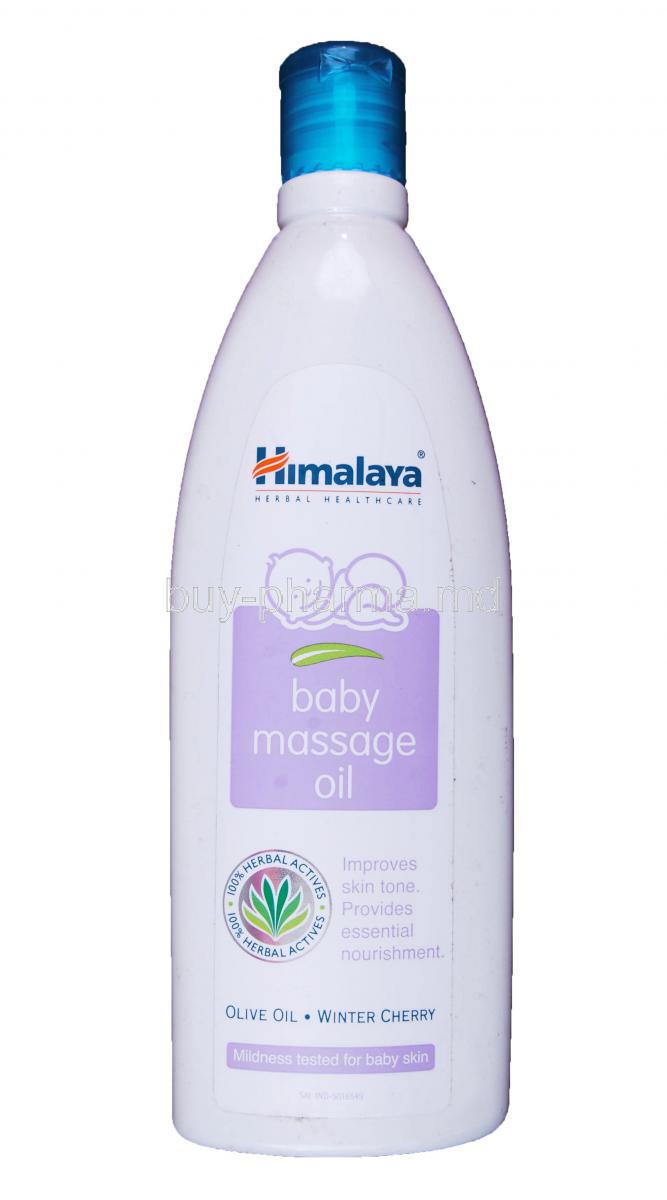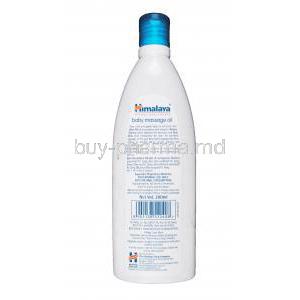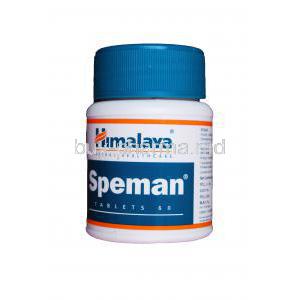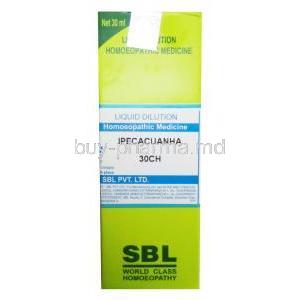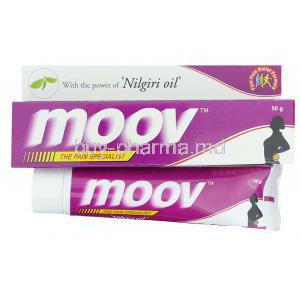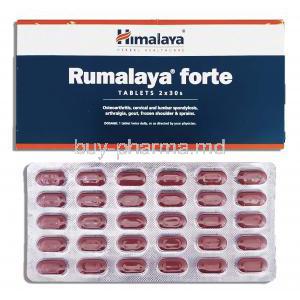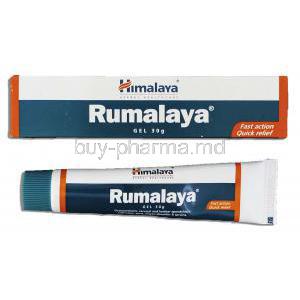1. Introduction to Himalaya Nourishing Baby Oil
Himalaya Nourishing Baby Oil is a gentle, plant-based formulation created to protect, hydrate, and support the delicate skin of infants. Designed for daily use, it is ideal for baby massage, a traditional yet scientifically endorsed practice that enhances bonding, circulation, and skin health.
Developed by Himalaya Wellness, a trusted name in herbal healthcare, this oil reflects a commitment to safety and efficacy. It is dermatologically tested and hypoallergenic, crafted without mineral oil, parabens, or artificial fragrances—ensuring it suits even the most sensitive skin types.
2. Composition and Key Ingredients of Himalaya Baby Oil
This formulation is enriched with a synergy of botanical oils and herbal extracts, each selected for their therapeutic value:
- Olive Oil: Rich in squalene and vitamin E, it acts as a natural emollient, locking in moisture and preventing skin dryness.
- Ashvagandha: An adaptogenic herb known for its muscle-strengthening and toning benefits, supporting healthy physical development in infants.
- Winter Cherry (Withania somnifera): Known for its anti-inflammatory and antioxidant properties, it soothes and protects the skin from external irritants.
- Aloe Vera: Provides a cooling, hydrating effect, reducing redness and irritation while promoting skin regeneration.
All ingredients are ethically sourced, with stringent quality control measures to ensure purity, safety, and non-toxicity.
3. How Himalaya Nourishing Baby Oil Works on Baby’s Skin and Body
Himalaya Baby Oil operates through a threefold mechanism: hydration, barrier enhancement, and muscular support. It forms a protective lipid layer over the skin, minimizing transepidermal water loss and guarding against environmental aggressors.
Its botanical actives fortify the skin's barrier function, helping to reduce the risk of irritation and dermatitis. Anti-inflammatory agents such as winter cherry and aloe provide soothing effects, making it an excellent choice for sensitive or eczema-prone skin. Simultaneously, Ashvagandha’s toning properties promote musculoskeletal balance through gentle massage.
4. Primary Uses of Himalaya Nourishing Baby Oil
- Daily Baby Massage: Enhances muscle tone, flexibility, and circulation. Encourages neuromotor development and relaxation.
- Moisturization: Effective for dry, rough, or scaling skin. Ideal for post-bath hydration or seasonal dryness.
- Skin Soothing: Can be applied to areas prone to chafing or irritation, such as diaper zones or skin folds.
- Sleep and Bonding Aid: Gentle massage with this oil can reduce restlessness, promoting deeper sleep and nurturing caregiver-infant bonding.
5. Off-Label and Extended Uses in Adults and Children
While primarily developed for infants, Himalaya Nourishing Baby Oil finds broader application:
- Adult Skincare: Suitable for individuals with sensitive, dry, or irritated skin. Acts as a natural moisturizer without harsh chemicals.
- Elderly Massage: Offers muscle-relaxing and skin-softening benefits, especially in those with limited mobility or joint discomfort.
- Postpartum Stretch Marks: May help in maintaining skin elasticity and improving texture in areas prone to stretching.
- Minor Dermatoses: Acts as a mild emollient for skin conditions like mild eczema or contact dermatitis when used adjunctively.
6. Dosage and Administration Guidelines
Usage should be tailored to the size and needs of the infant. A few milliliters per application are generally sufficient:
- Frequency: Once or twice daily, particularly after bathing.
- Application Method: Apply a small amount to the palms, warm it slightly, and massage gently using circular motions. Focus on limbs, chest, back, and scalp if desired.
- Safe Areas: Can be used on scalp, arms, legs, torso, and back. Avoid mucosal surfaces.
7. Common and Rare Side Effects
Though generally well tolerated, some side effects may occur:
- Common: Mild redness, rash, or temporary stickiness post-application—typically resolves without intervention.
- Rare: Allergic reactions, such as hives or itching, usually due to hypersensitivity to one or more botanical components.
8. Important Warnings and Precautions
- Do not apply near the eyes, nostrils, or oral cavity to avoid accidental ingestion or irritation.
- Avoid use on broken, bleeding, or infected skin.
- A patch test is advisable on first use, particularly in infants with a history of skin sensitivity.
- Always store the product out of reach of children and secure the cap tightly after use.
9. Contraindications for Use
Himalaya Nourishing Baby Oil is contraindicated in the following cases:
- Known allergies to olive oil, Ashvagandha, or other plant-derived constituents.
- Previous adverse dermatological reactions to topical oils or emollients.
- Presence of diagnosed atopic dermatitis or chronic eczema unless approved by a healthcare professional.
10. Careful Administration in Special Cases
When utilizing Himalaya Nourishing Baby Oil for neonates and infants with hypersensitive integument, prudence is paramount. Sensitivity thresholds vary; even minimal irritants can provoke cutaneous reactivity.
- Infants with Sensitive or Allergy-Prone Skin:
- Conduct a preliminary patch assay on a discreet area (e.g., forearm) to detect potential dermal hypersensitivity.
- Observe for erythema, urticaria, or pruritus over 24 hours post-application.
- Babies with Pre-Existing Skin Conditions or Premature Birth:
- Neonates born prematurely often exhibit thinner stratum corneum. Apply sparingly and monitor for transepidermal water loss.
- Infants with eczema or cradle cap require gentle application—avoid friction that can exacerbate inflammation.
- Post-Vaccination Skin: Avoid Immediate Application:
- Vaccination sites may present localized induration or erythema. Delaying oil application for at least 24 hours post-inoculation prevents occlusion-induced irritation.
- Ensuring the puncture site is dry and free of exudate reduces risk of secondary infection.
11. Use in Specific Populations
11.1. Administration in Children and Infants
From the first breaths, newborns can benefit from gentle topical care. Himalaya Nourishing Baby Oil is formulated for dermatological compatibility from day one.
- Safe Age of Use:
- Suitable for neonates (0–28 days) onwards—no lower age restriction.
- Pediatrician Approval in Case of Dermatological Conditions:
- If the infant is diagnosed with atopic dermatitis, ichthyosis, or other dermatoses, seek pediatric dermatology consultation prior to routine use.
- Follow prescriber guidance regarding frequency, as overzealous application can compromise skin barrier integrity.
11.2. Use in Pregnant Women and Nursing Mothers
Expectant and lactating mothers experience profound integumentary changes. Himalaya Nourishing Baby Oil can offer adjunctive relief for dryness and discomfort.
- Use for Self-Massage in Pregnancy-Related Skin Dryness:
- Apply along the abdominal contour to mitigate striae gravidarum risk by maintaining skin suppleness.
- Massage the lower back to allay musculoskeletal tension secondary to gravid posture.
- Safe Use During Lactation—Avoid Nipple Area Before Breastfeeding:
- Apply to the bust and areolar region only after cleansing to prevent infant ingestion of residual oil.
- Ensure complete removal of oil residue prior to each nursing session to avert oral ingestion.
11.3. Application in Elderly Individuals
As cutaneous turgor diminishes with age, the geriatric demographic often contends with xerosis and diminished elasticity. This herbal emollient can provide fortification and comfort.
- Gentle Massage for Joint Support and Skin Hydration:
- Target synovial regions, such as knees and elbows, to enhance circulation and promote pliancy in periarticular tissues.
- Incorporate mild effleurage to stimulate lymphatic drainage and alleviate mild stiffness.
- Caution in Individuals with Thin or Damaged Skin:
- Avoid vigorous friction on areas with atrophic epidermis or senile purpura to prevent capillary rupture.
- In the presence of dermatoporosis (fragile, paper-thin skin), apply minimal quantity and avoid occlusive dressings.
12. Overdose and Misuse Concerns
Though topical oils typically bear low systemic risk, indiscriminate usage can precipitate undesirable sequelae.
- Risks of Excessive Application: Clogged Pores or Greasy Residue:
- Over-application may obstruct pilosebaceous units, leading to miliaria or acneiform eruptions.
- A filmy occlusive layer can compromise cutaneous respiration, diminishing barrier homeostasis.
- Signs of Skin Overhydration or Product Buildup:
- Persistent maceration, increased transepidermal water loss, or pruritus may indicate over-saturation.
- Excessive residue can attract microbial proliferation—monitor for intertrigo or candidal overgrowth in occluded zones.
- Action in Case of Accidental Ingestion by Infants:
- Oral ingestion may result in mild gastrointestinal upset—observe for vomiting or diarrhea.
- If substantial volume is ingested, consult a pediatrician immediately. Maintain airway patency in case of aspiration risk.
13. Product Interactions with Other Topical or Oral Agents
When combining with other therapeutics, elucidating potential interactions is crucial to avert pharmacodynamic or pharmacokinetic conflicts.
- Interaction with Medicated Creams or Ointments:
- Applying atop corticosteroid preparations may alter percutaneous absorption, either potentiating or blunting efficacy.
- Allow medicated agents to fully absorb (minimum 30 minutes) before applying the baby oil to prevent dilution.
- Avoid Use Alongside Strong Essential Oils or Alcohol-Based Products:
- Concomitant use with potent essential oils (e.g., eucalyptus, peppermint) may trigger counterproductive irritation or allergenic response.
- Alcohol-based lotions can desiccate the skin and undermine the emollient benefits of the baby oil.
- Potential Effect on Skin Absorption of Other Topicals:
- An occlusive layer can modify epidermal permeability, affecting the uptake of subsequently applied formulations (e.g., antifungals or emollients).
- Sequence applications strategically: medicated formulations first, followed by oil to seal in active ingredients.
14. Storage and Shelf-Life Recommendations
Proper storage safeguards the phytochemical integrity and prevents rancidity or microbial contamination.
- Ideal Storage Conditions: Cool, Dry Place, Away from Sunlight:
- Temperatures between 15°C and 25°C maintain oil stability.
- Exposure to UV light can degrade antioxidants and essential fatty acids; a cabinet or drawer is optimal.
- Shelf-Life and Expiry Indicators:
- Typically, a shelf-life of 24 months from manufacture when unopened.
- Check for haze, off-odor, or sedimentation—signs that the oil may have oxidized.
- Safe Packaging and Child-Resistant Caps:
- Ensure the flip-top or screw cap is secured to prevent contamination and accidental spillage.
- Child-resistant design reduces the risk of ingestion by curious toddlers.
15. Handling Precautions and Usage Hygiene
Maintaining aseptic application practices enhances safety and prolongs product viability.
- Wash Hands Before and After Application:
- Prevents transfer of pathogens to the infant’s skin and removes residual oil from caregiver’s hands post-massage.
- Do Not Dilute or Mix with Other Oils Unless Advised:
- Adulteration can alter the pH balance or viscosity, negating the carefully calibrated formulation.
- Consult a pediatrician or dermatologist before creating bespoke blends.
- Close Cap Tightly After Use to Avoid Contamination:
- Exposure to air can introduce moisture or microbial spores, compromising quality.
- Maintaining a hermetic seal preserves the oil’s botanical potency.

